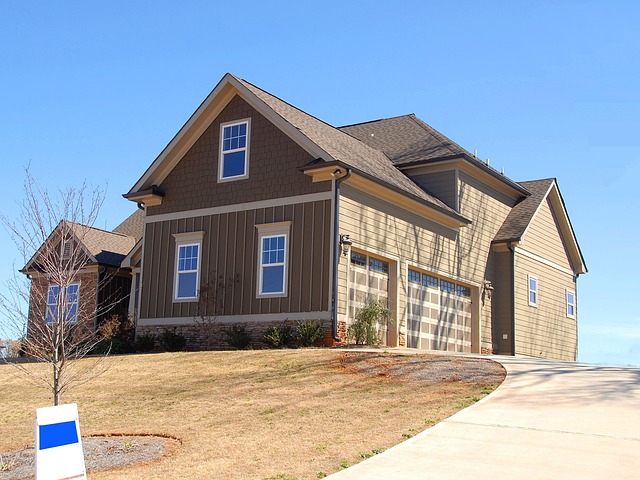Rising interest rates significantly impact the real estate market by increasing borrowing costs for investors and homebuyers, leading to more selective investments and potentially lower demand. This dynamic is driven by economic conditions, inflation, and central bank policy, affecting market stability. For buyers, higher rates can result in larger monthly payments or extended repayment times, prompting a reevaluation of budgets and search criteria. Understanding these trends is vital for both investors and buyers navigating the market and shaping effective strategies within the real estate sector.
In recent times, the rise of higher interest rates has shaken up the real estate landscape. This article delves into the multifaceted impact of these rate hikes on various stakeholders within the industry. We explore the causes and implications of elevated interest rates, dissecting their effects on mortgage borrowing costs for homebuyers and investment returns for real estate investors. Furthermore, we navigate strategies for both first-time buyers and experienced investors in this new environment, offering insights into the potential long-term shifts in housing trends and market dynamics.
Understanding Higher Interest Rates: Implications for Real Estate Investors

When interest rates rise above the standard rate, it significantly impacts the real estate market. For investors, higher interest rates mean increased borrowing costs when purchasing properties. This can make investments less attractive, especially for those considering mortgages or financing options to acquire real estate. As a result, investors might become more selective, focusing on cash-flow generating assets or properties with solid long-term appreciation potential.
These changes also affect the overall demand for housing. With higher borrowing costs, some buyers may opt to rent instead of owning. This shift can influence property values and rental markets, potentially creating opportunities for real estate investors who adapt to these new conditions. Understanding these implications is crucial for making informed decisions in a dynamic market where interest rates play a pivotal role in shaping investment strategies within the real estate sector.
– Definition and causes of higher interest rates

Higher interest rates refer to a situation where the cost of borrowing money increases. This is typically expressed as a percentage, with lenders charging more for loans compared to when rates are lower. In the context of real estate, higher interest rates can significantly impact both buyers and sellers.
Causes of higher interest rates include economic conditions, inflation rates, and monetary policy decisions by central banks. When the economy is booming, demand for credit may rise, leading to higher rates. Similarly, if inflation is on the rise, lenders may charge more to compensate for the loss of purchasing power over time. Central banks also adjust interest rates as part of their strategies to manage economic growth and price stability, which can directly affect borrowing costs in the real estate market.
– Impact on mortgage borrowing costs for homebuyers

Higher interest rates significantly affect real estate, particularly for homebuyers. When interest rates climb, so do the costs associated with mortgages, making homeownership less accessible and affordable. This trend can cool down the real estate market as prospective buyers may find themselves unable to secure financing at these elevated rates, leading to a decrease in demand.
For those already in the process of purchasing a home, rising interest rates mean larger monthly payments. This can extend the time it takes to pay off a mortgage or even increase the overall cost of the loan. Consequently, homebuyers may need to reevaluate their budgets and potentially adjust their search criteria to more affordable properties or consider alternative financing options.






